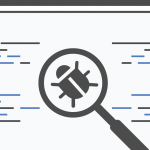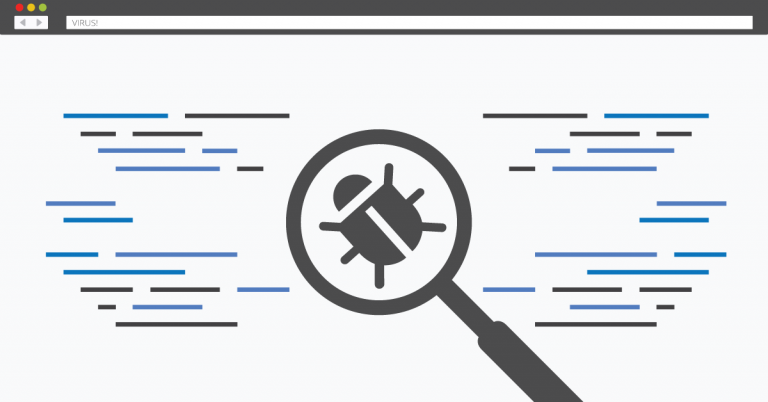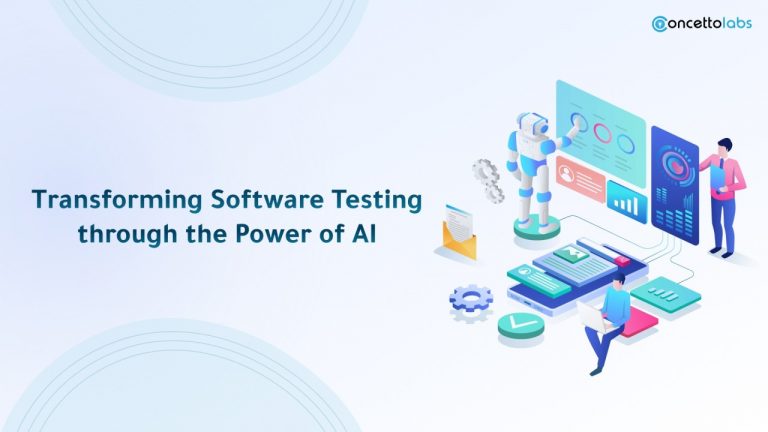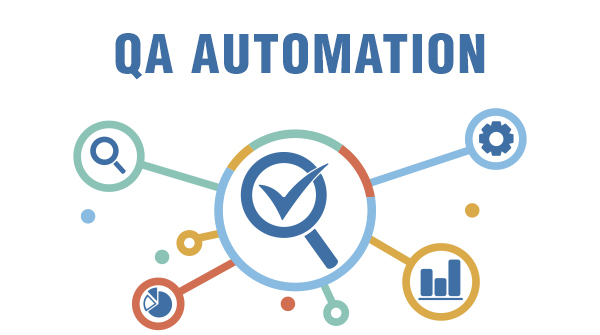In the dynamic world of software development, Quality Assurance (QA) has emerged as a critical component ensuring that software products meet the highest standards of functionality, reliability, and user satisfaction. As the industry evolves, so does the landscape of QA training. Keeping up with the latest trends in Software QA training can help professionals stay ahead in this competitive field. In this blog post, we will explore the latest tech trends in Software QA training that are shaping the future of the industry.
1. AI and Machine Learning Integration
Artificial Intelligence (AI) and Machine Learning (ML) are revolutionizing various industries, and Software QA is no exception. Integrating AI and ML in QA training programs is becoming increasingly popular. These technologies can automate repetitive testing tasks, analyze vast amounts of data for patterns, and predict potential issues before they become significant problems.
- Automated Testing: AI-powered tools can automatically generate and execute test cases, significantly reducing the time and effort required for manual testing.
- Predictive Analytics: ML algorithms can predict defects and areas of high risk based on historical data, allowing QA professionals to focus their efforts more effectively.
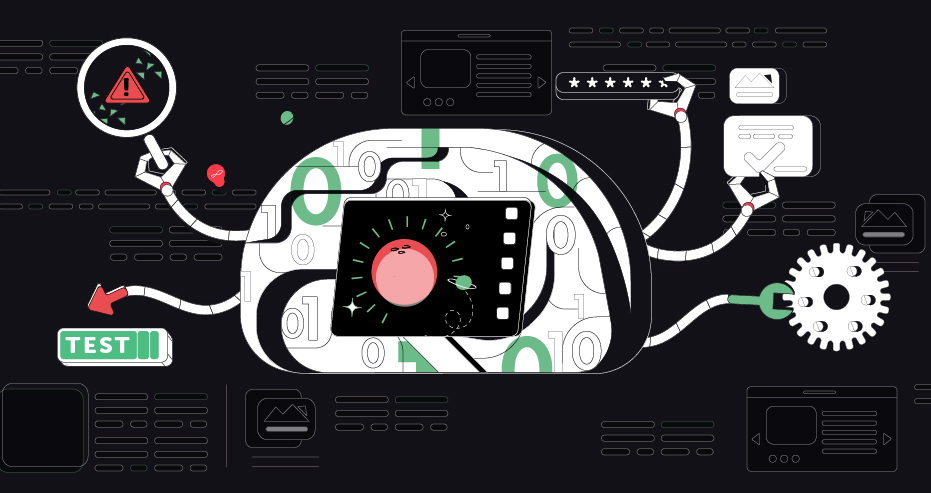
2. Shift-Left and Shift-Right Testing
The concepts of shift-left and shift-right testing are gaining traction in the QA community. Shift-left testing involves integrating testing activities earlier in the software development lifecycle (SDLC), while shift-right testing emphasizes testing in the production environment.
- Shift-Left Testing: Incorporating testing from the early stages of the SDLC helps in identifying and addressing defects sooner, leading to faster and more efficient development cycles.
- Shift-Right Testing: This approach involves continuous monitoring and testing in the production environment, ensuring that the software remains reliable and functional post-deployment.
3. DevOps and Continuous Testing
The adoption of DevOps practices has brought significant changes to the QA landscape. Continuous testing, a key component of DevOps, ensures that testing is performed at every stage of the development process.
- Continuous Integration/Continuous Deployment (CI/CD): QA training now includes understanding CI/CD pipelines, where automated tests are run continuously as code changes are integrated.
- Infrastructure as Code (IaC): QA professionals are trained to work with IaC tools to create and manage test environments dynamically, ensuring consistency and scalability.
4. Test Automation Frameworks
Test automation frameworks have become essential in modern QA practices. These frameworks provide structured and standardized ways to automate testing, improving efficiency and reliability.
- Selenium: An open-source framework widely used for automating web applications.
- Appium: A popular choice for automating mobile applications.
- Cypress: An emerging framework known for its speed and reliability in end-to-end testing.
5. Cloud-Based Testing
With the increasing adoption of cloud computing, cloud-based testing has become a significant trend. It offers scalability, flexibility, and cost-effectiveness compared to traditional on-premise testing environments.
- On-Demand Test Environments: Cloud platforms allow QA teams to spin up and tear down test environments on-demand, reducing the need for dedicated infrastructure.
- Cross-Browser Testing: Cloud-based services provide access to a wide range of browsers and devices, ensuring comprehensive test coverage.
6. Security Testing
As cyber threats become more sophisticated, security testing has gained paramount importance. QA training now emphasizes understanding and implementing robust security testing practices.
- Penetration Testing: Identifying vulnerabilities by simulating cyber-attacks.
- Static and Dynamic Application Security Testing (SAST/DAST): Techniques to identify security flaws in the code and during runtime.
7. Performance Testing
Ensuring that software performs well under various conditions is crucial for user satisfaction. Performance testing tools and techniques are integral to modern QA training programs.
- Load Testing: Assessing the software’s behavior under expected and peak load conditions.
- Stress Testing: Determining the software’s robustness by pushing it beyond its operational limits.
8. Behavior-Driven Development (BDD)
BDD is a collaborative approach that encourages communication between developers, QA professionals, and non-technical stakeholders. It involves writing test cases in plain language, making them understandable to all parties involved.
- Gherkin Syntax: Using plain language to describe test scenarios, making it easier for non-technical stakeholders to understand and contribute.
Conclusion
The field of Software QA is continuously evolving, driven by advancements in technology and changes in software development practices. Staying updated with the latest trends in QA training is essential for professionals looking to enhance their skills and remain competitive in the industry. By embracing AI and ML, integrating shift-left and shift-right testing, adopting DevOps practices, leveraging cloud-based testing, and focusing on security and performance, QA professionals can ensure they are well-prepared for the challenges of modern software development.
Investing in continuous learning and adapting to these emerging trends will not only improve the quality of software products but also pave the way for a successful career in Software QA.






